Handling Orthodontic Emergencies
- Non-medicated orthodontic relief wax
- Dental floss
- Sterile tweezers
- Small, sharp clipper
- Q-tips
- Salt
- Interproximal brush
- Toothpicks
- Topical Anesthetic (such as Orabase or Ora-Gel)
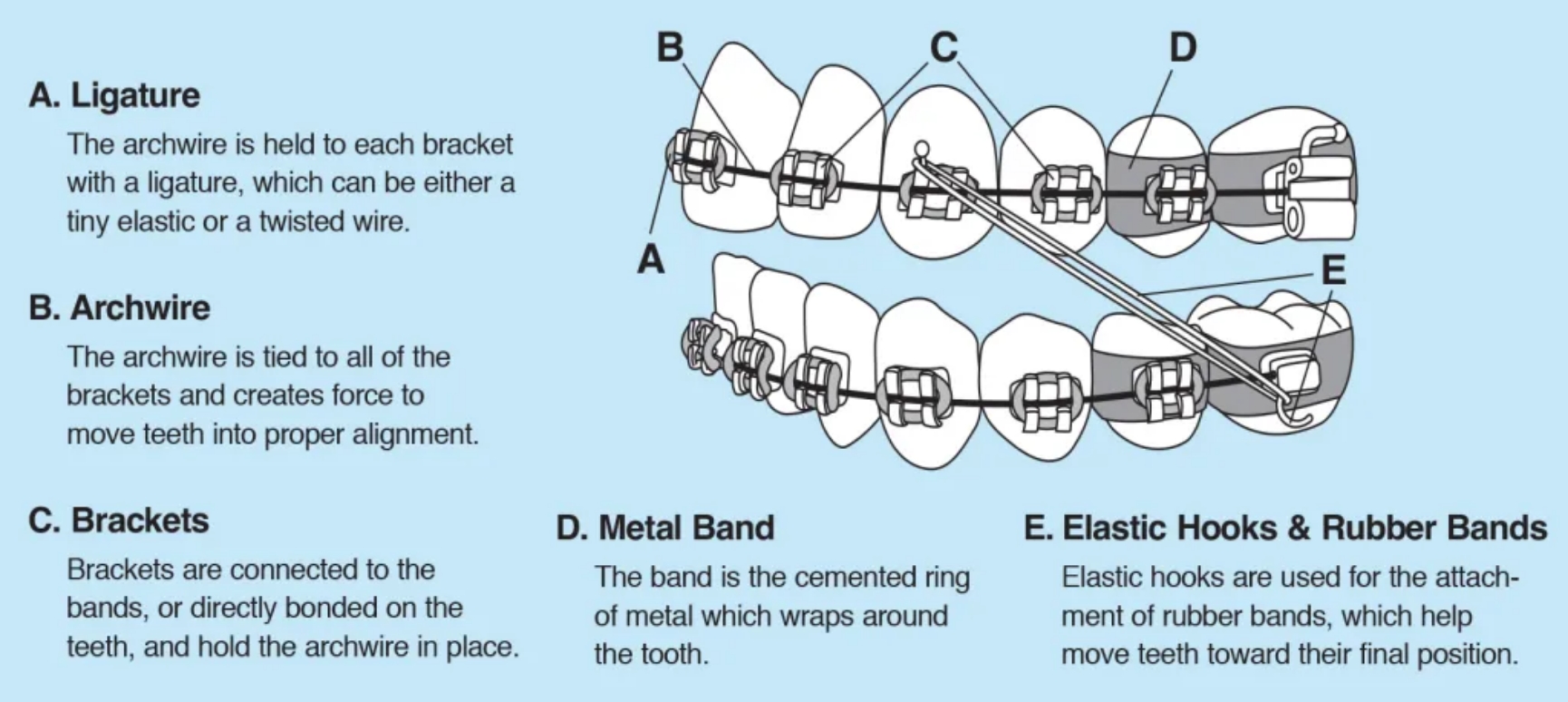
Emergency Treatments
The following orthodontic emergencies and their treatments are listed in the order of the least severe to the most severe. Only the most severe emergencies may require immediate attention by an orthodontist. The majority of these are easily treated with an appointment.
|
FOOD CAUGHT BETWEEN TEETH
This is not an emergency but can be a little uncomfortable or embarrassing. It is easily fixed with a piece of dental floss. Try tying a small knot in the middle of the floss to help remove the food, or use an interproximal brush or toothpick to dislodge food caught between teeth and braces. |
 |

|
LIGATURES COME OFF
The following orthodontic emergencies and their treatments are listed in the order of the least severe to the most severe. Only the most severe emergencies may require immediate attention by an orthodontist. The majority of these are easily treated with an appointment. |
 |

It’s normal for a patient to have discomfort for a day or two after braces or retainers are adjusted. This discomfort is both normal and temporary. Eating may be uncomfortable, therefore soft foods may be best to eat. You may also find relief by rinsing your mouth with warm salt water. If discomfort last more than a few days, please alert our staff.
|
MOUTH SORES
Some patients are susceptible to episodes of mouth sores. While braces do not cause them, they may be precipitated or exacerbated by an irritation from braces. One or several areas of ulceration of the cheeks, lips or tongue may appear. This is not an emergency, but may be very uncomfortable. Prompt relief may be achieved by applying a small amount of topical anesthetic (such as Orabase or Ora-Gel) directly to the ulcerated surface using a cotton swab. |
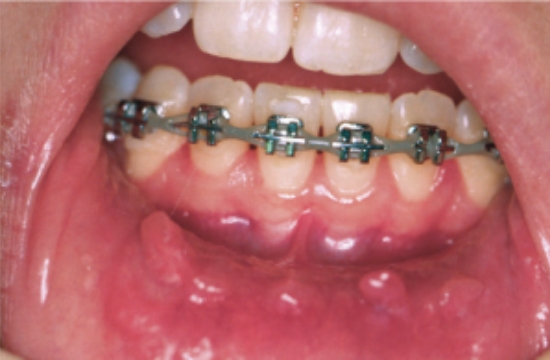 |

|
IRRITATION OF LIPS OR CHEEKS
Sometimes new braces can be irritating to the mouth, especially while eating. A small amount of non-medicinal relief wax makes an excellent buffer between metal and mouth. Simply pinch off a small piece and roll it into a ball the size of a small pea. Flatten the ball and place it completely over the area of the braces causing irritation. The wax will relieve discomfort while eating and is harmless if ingested. |
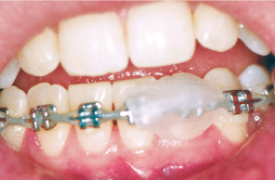 |

|
PROTRUDING WIRE
Occasionally, the end of a wire will work itself out of place and irritate the patient’s mouth. Use a Q-tip or pencil eraser to push the wire so that it is flat against the tooth. If the wire cannot be moved into a comfortable position, cover it with relief wax. (See Irritation of Lips or Cheeks above for instructions on applying relief wax.) Please alert your orthodontist of this problem. In a situation where the wire is extremely bothersome and the patient will not be able to see the orthodontist anytime soon, you may, as a last resort, clip the wire. Reduce the possibility of the patient swallowing the snipped piece of wire by using folded tissue or gauze around the area. Use a pair of sharp clippers and snip off the protruding wire. Relief wax may still be necessary to provide comfort to the irritated area. |
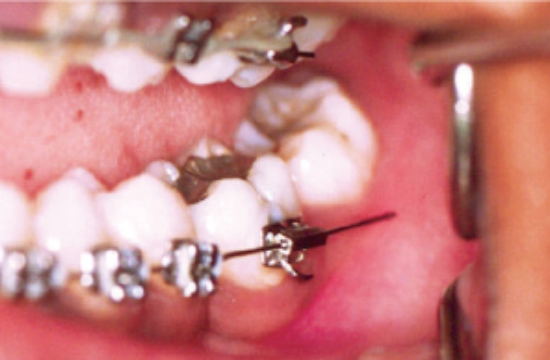 |

|
LOOSE BRACKETS, WIRES OR BANDS
If the braces have come loose in any way, please call our office so that we can determine the appropriate next steps. Brackets are the parts of braces attached to teeth with a special adhesive. They are generally positioned in the center of each tooth. The bracket can be knocked off if the patient has eaten one of those hard or crunchy foods orthodontic patients are instructed to avoid, or if the mouth is struck while at play. While engaging in athletic activities, it is also important to wear a protective mouth guard. If the bracket is off center, the adhesive may have failed. If the loose bracket has rotated on the wire and is sticking out and the patient cannot immediately be taken to the orthodontist, you can do a temporary fix to alleviate discomfort and prevent further damage. But take care to prevent swallowing or other injuries. To put the bracket back in place, use sterile tweezers to slide the bracket along the wire until it is between two teeth. Rotate the bracket back to the proper position, then slide it back to the center of the tooth. |
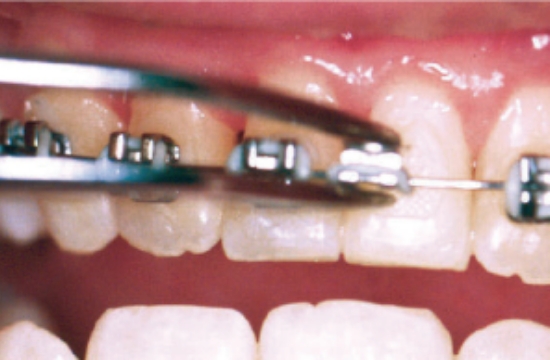 |

This is rare, but when it does happen, it can be fairly alarming. If the patient is coughing excessively or having difficulty breathing, the piece could have been aspirated. If you are able to see the piece, you may carefully attempt to remove it. But do not make the attempt if you could cause harm. If appropriate under the circumstances, examine the patient’s braces for problems that may result from the missing piece, such as looseness or irritation, and treat as specified above. If you are unable to see the piece and believe it may be have been aspirated, notify your orthodontist immediately.
American Association of Orthodontists. (2016) Retrieved from from this website.

